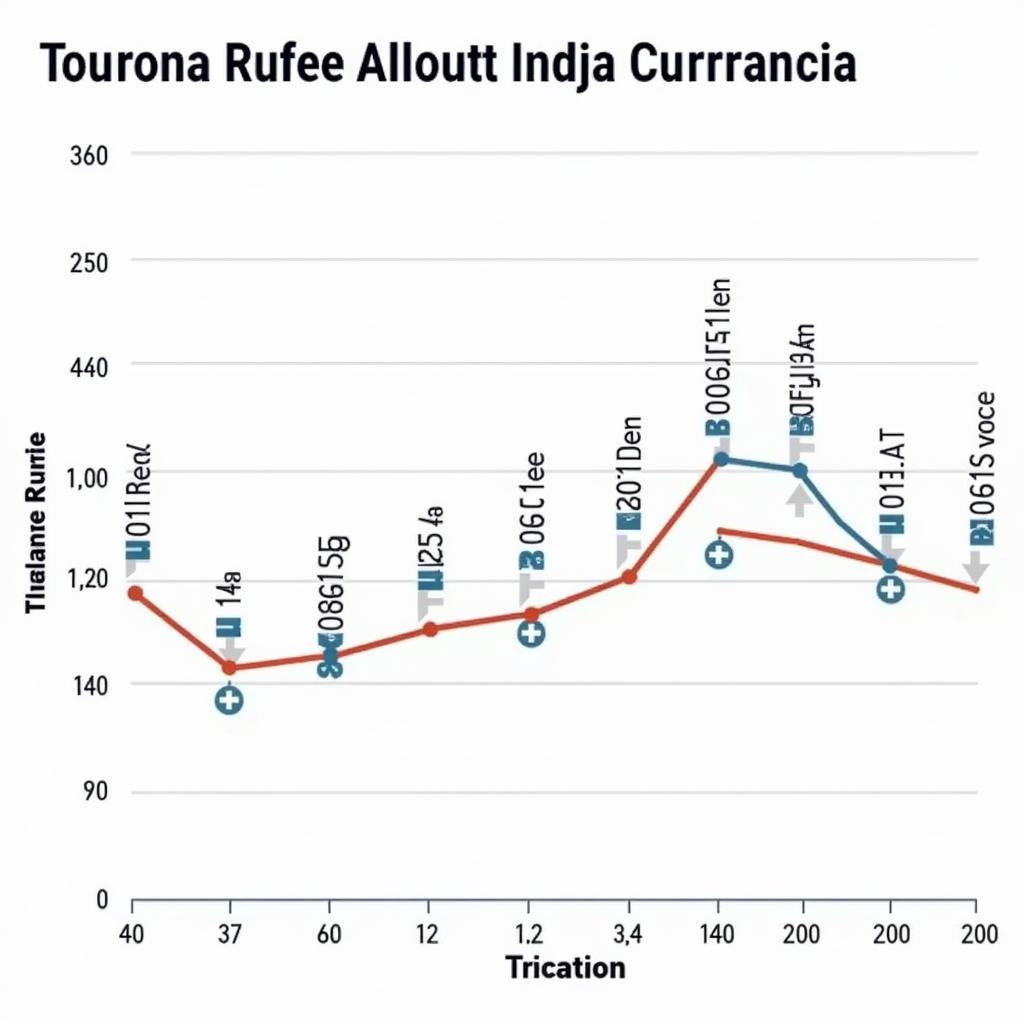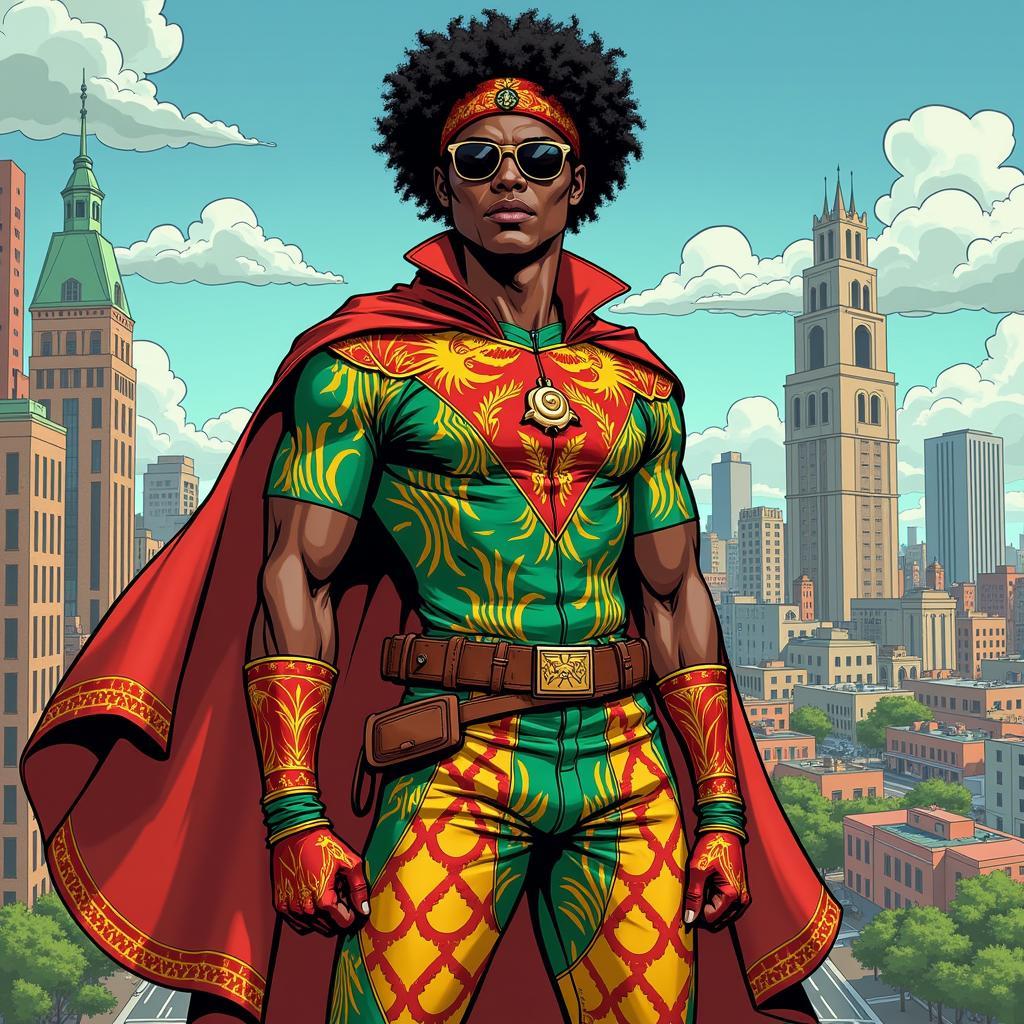Exploring the Diverse African Forest Landscape
The African Forest Landscape is a tapestry of vibrant ecosystems, from the dense rainforests of the Congo Basin to the misty cloud forests of the Albertine Rift. These forests are not only breathtaking in their beauty, but they are also vital to the health of our planet and the livelihoods of millions of people.
A Journey Through Different Forest Types
The African continent boasts a diverse range of forest types, each with its unique characteristics and species. Let’s embark on a journey to discover some of the most remarkable ones:
1. Tropical Rainforests: The Green Heart of Africa
Sprawling across the Congo Basin, these rainforests are the second largest in the world, after the Amazon. They are characterized by towering trees, forming a dense canopy that allows little sunlight to reach the forest floor. This unique environment is home to an astonishing array of biodiversity, including gorillas, forest elephants, okapis, and a multitude of bird species.
2. Miombo Woodlands: A Landscape of Resilience
Covering vast areas of southern and eastern Africa, miombo woodlands are characterized by their dominant tree species, the miombo trees. These trees possess fire-resistant bark and are adapted to the region’s distinct wet and dry seasons. Miombo woodlands support a rich diversity of wildlife, including lions, leopards, zebras, and numerous bird species.
3. Coastal Forests: Where Land Meets Sea
Stretching along the eastern coast of Africa, these forests are a haven for unique plant and animal life. They are characterized by their proximity to the ocean, resulting in high humidity and rainfall. Coastal forests provide crucial habitats for a variety of primates, birds, and reptiles, many of which are endemic to these areas.
4. Montane Forests: Islands in the Sky
Perched atop mountains, these forests are often shrouded in mist and clouds, creating an ethereal atmosphere. The high altitude and cool temperatures create a unique ecosystem that supports a specialized range of plants and animals, many of which are found nowhere else on Earth.
The Importance of African Forest Landscapes
African forests play a critical role in maintaining the ecological balance of our planet. They act as:
- Carbon Sinks: Absorbing vast amounts of carbon dioxide from the atmosphere, mitigating climate change.
- Biodiversity Hotspots: Harboring an unparalleled diversity of plant and animal species, many of which are found nowhere else.
- Watershed Protectors: Regulating water cycles, preventing soil erosion, and ensuring the availability of clean water for millions.
- Economic Resources: Providing livelihoods for local communities through sustainable forestry, ecotourism, and non-timber forest products.
Threats to African Forest Landscapes
Despite their importance, African forests face numerous threats, including:
- Deforestation: Driven by agricultural expansion, logging, and mining activities, leading to habitat loss and fragmentation.
- Climate Change: Altering rainfall patterns, increasing the frequency and intensity of droughts, and exacerbating the risk of forest fires.
- Poaching and Illegal Wildlife Trade: Decimating wildlife populations and disrupting delicate ecosystems.
Dr. Amani Kivu, a renowned conservation biologist specializing in African forest ecosystems, emphasizes, “Protecting these forests is not just about conserving biodiversity, it’s about safeguarding the future of our planet and the well-being of future generations.”
Conservation Efforts and Hope for the Future
Numerous organizations and individuals are working tirelessly to protect African forest landscapes. These efforts include:
- Community-Based Conservation: Empowering local communities to manage and benefit from their forests sustainably.
- Protected Area Establishment: Designating areas of high conservation value as national parks or reserves.
- Sustainable Forest Management Practices: Promoting logging methods that minimize environmental impact and ensure long-term forest health.
Conclusion
The African forest landscape, with its incredible diversity and ecological significance, is a treasure trove worthy of our admiration and protection. By understanding the importance of these forests and supporting conservation efforts, we can contribute to a future where both people and nature thrive. Let’s work together to ensure that the vibrant tapestry of African forests continues to inspire awe and wonder for generations to come.
Frequently Asked Questions about African Forest Landscapes
1. What is the largest forest in Africa?
The Congo rainforest is the largest forest in Africa and the second largest rainforest in the world, covering an area of approximately 3.6 million square kilometers.
2. What are some of the unique animals found in African forests?
African forests are home to a diverse array of unique animals, including gorillas, chimpanzees, okapis, forest elephants, bongos, and numerous species of birds, reptiles, and insects.
3. How do African forests contribute to mitigating climate change?
African forests act as carbon sinks, absorbing vast amounts of carbon dioxide from the atmosphere through photosynthesis. This helps to mitigate climate change by reducing the concentration of greenhouse gases.
4. What are the main threats to African forests?
Deforestation, driven by agricultural expansion, logging, and mining activities, poses a significant threat to African forests. Climate change, poaching, and the illegal wildlife trade also contribute to the degradation of these ecosystems.
5. How can I contribute to African forest conservation?
You can contribute to African forest conservation by supporting organizations involved in forest protection, promoting sustainable practices, raising awareness about the importance of forests, and advocating for policies that protect these vital ecosystems.
Explore More About African Forest Landscapes
- Discover the beauty of African forest landscape png hd.
- Find inspiration with breathtaking African forest landscape wallpaper.
- Immerse yourself in stories about African forests with our curated African forest movies list.
- Support organizations making a difference in protecting African forests through our African charity page.
- Learn about the fascinating flora of African forests, including the unique African berry plant.
For inquiries or assistance regarding African forests and conservation efforts, please contact us at:
Phone: +255768904061
Email: kaka.mag@gmail.com
Address: Mbarali DC Mawindi, Kangaga, Tanzania
Our dedicated team is available 24/7 to address your questions and provide support. Let’s work together to protect the magnificent African forest landscapes.


